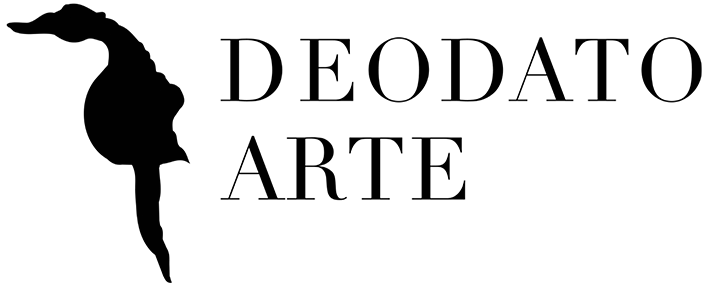
Thank you!

Georges Braque

Georges Braque: Art for Sale on Deodato Arte - French painter and sculptor, Georges Braque initially painted according to the techniques of the Fauves, with bright colors and under the influence of Henri Matisse. He later met Pablo Picasso, and with him he founded the Cubism Movement.
Georges Braque mainly uses shades of brown and green in his paintings, exploiting geometric volumes and eliminating perspective.
Cubism by Georges Braque: the life of the Master of the 20th Century
Born in Argenteuil on 13 May 1882, Georges Braque was a French painter and sculptor who, together with Pablo Picasso, founded the Cubism movement.
Braque's career began with his training at the École des Beaux-Arts in Paris and under the influence of the leading exponent of the Fauves artistic current, Henri Matisse. The early George Braque paintings were in fact characterized by bright colors and freedom of composition, typical of the Fauves' compositions.
1907 represented a turning point in Braque's artistic career, as he visited the Paul Cézanne retrospective presented at the Salon d'Automne. It was during this visit that Braque came into contact with Picasso, who was making Les demoiselles d'Avignon, later recognised as the first Cubist painting.
From his meeting with Picasso, Braque began to develop an interest in primitive art and geometric volumes, so much so that he abandoned the bright colour palette that characterised his early works, favoring a palette of green and brown tones.
From this point onwards, Georges Braque produced artworks in which an attempt was made to shape and construct space between the volumes of the composition without the aid of artifices such as perspective and light and shade.
Between 1909 and 1914, the friendship and collaboration with Pablo Picasso contributed to the creation of a profitable partnership for both artists that resulted in the new vision of pictorial space dictated by the presence of disassembled objects and multi-faceted shapes created by the division of surfaces. This pictorial vision came to be known as Analytical Cubism.
Later, Braque wanted to represent increasingly complex volumes by depicting every single aspect. This led him to create canvases that were difficult to interpret, almost reaching abstraction (a concept that Braque himself had always rejected).
Due to this excessive synthetization of forms, Braque decided to introduce recognizable signs such as letters and printed figures into his paintings and later experimented with the technique of collage. Thanks to the new technique Georges Braque collage allowed him to create a synthesis of elements to clearly describe an object through the association of shapes and colors.
In 1914, the collaboration between Picasso and Braque ended, as the latter was called to arms. In the last phase of his artistic career, Braque produced works with a more personal style characterized by vivid colors and the presence of the human figure. Along with the human figure, Braque portrayed numerous still lives, seascapes and interiors.
He died on 31 August 1963 in Paris. Nowadays he is universally recognized as one of the greatest painters of the 20th century.
"It is always necessary to have two ideas: one to destroy the other. To defend an idea is to assume an attitude." - Georges Braque
Georges Braque - Works and Style Stages
George Braque's style is characterized by several artistic phases: from the Fauves phase, through formative cubism to analytical cubism and then back to figurative art.
Throughout his long career, Georges Braque, a multifaceted painter, experimented with numerous techniques and styles. He was initially linked to the Fauves and bright colors; of this phase, “Port of La Chotat” fully represents Braque's early style. The work was painted before he met Pablo Picasso, with whom he had a very prolific artistic partnership that led to the birth of Cubism.
Immediately after the meeting with Picasso, Braque produced “Grand Nu” (Large Nude). The painting came about as a result of the artist's exploration of primitive art and the use of geometric volumes. The body in the work is painted by fast and broad brushstrokes defined by very thick contour lines.
The experimentation of the period would later lead to Analytical Cubism, characterized by a geometric composition where primary forms prevail and which would characterize the artistic compositions of Braque's period. In “Violin and Pitcher” and “Violin and Palette”, Braque executed the two canvases in the new styles of Cubism, emphasizing the contrasts with the composition and the union of perspective planes on a single painting surface.
The last phase of Braque's artistic career saw the abandonment of the styles and lines typical of Cubism and a return to a more figurative art. During this period, Braque also produced some decorative works such as the sculpture of the door of the tabernacle of the church in Assy and the decoration of the ceiling of the Etruscan room in the Louvre museum.
Georges Braque: artworks for sale with prices and value on Deodato Arte
For those interested in discovering Georges Braque's artworks, prices, and value, Deodato Arte offers a selection of artworks by the artist for sale online.
If you are interested in knowing about Georges Braque's works prices as well as Braque's value or which works will be on display at the Deodato Arte Contemporary Art Gallery, do not hesitate to contact us. Don't miss Georges Braque art, value and prices, send an e-mail to [email protected].





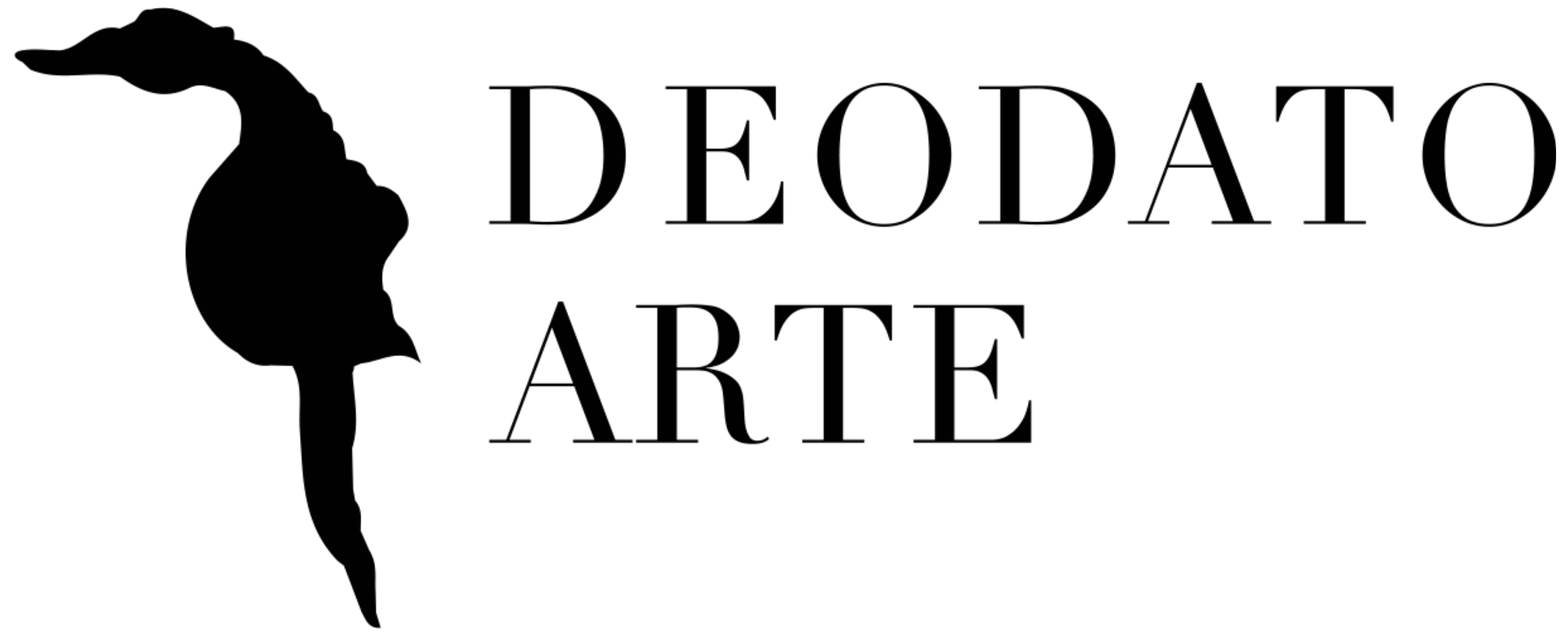


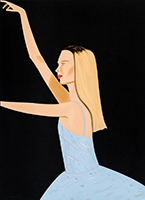
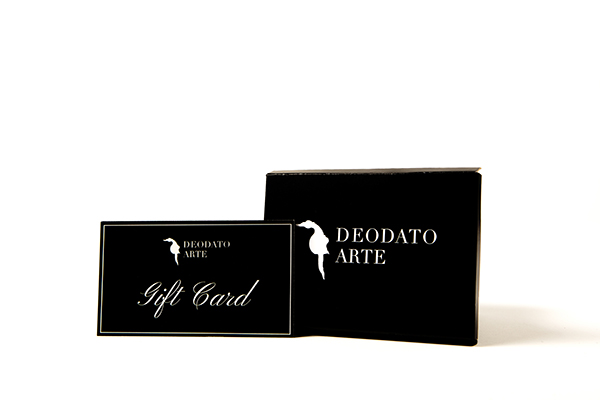
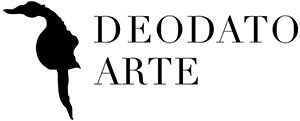
 Register
Register Wishlist
Wishlist Contact Us
Contact Us